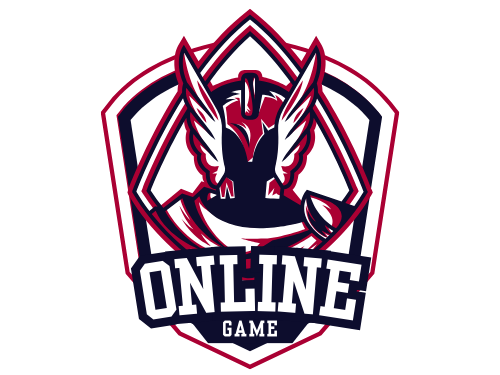Online gaming has evolved dramatically over the past few decades, becoming a central aspect of modern entertainment. What once began as simple multiplayer experiences has blossomed into an intricate ecosystem that captivates millions around the world. This transformation not only showcases advancements in technology kd4d but also reflects significant changes in social interactions and cultural norms.
At its core, online gaming fosters connections among players. The ability to team up with friends or meet new people in a virtual environment has redefined how individuals engage with one another. Players often collaborate to complete missions or compete in various challenges, creating a sense of camaraderie and shared purpose. These interactions frequently lead to lasting friendships, as the bonds formed in gaming spaces extend beyond the confines of the virtual world.
The rise of streaming platforms has further amplified the communal experience of gaming. Services like Twitch and YouTube have turned gameplay into a spectator sport, allowing gamers to broadcast their sessions to an audience. This shift has created a new layer of engagement, where viewers can interact with streamers, ask questions, and become part of a larger community. The relationship between streamers and their followers fosters a sense of belonging, transforming gaming into a shared cultural phenomenon.
Mobile gaming has played a pivotal role in expanding the reach of online games. With smartphones now ubiquitous, titles like Fortnite and Among Us have attracted diverse audiences, including those who may not consider themselves traditional gamers. The convenience of mobile gaming allows players to enjoy quick sessions during their daily routines, making it an easily accessible form of entertainment. This shift has democratized gaming, breaking down barriers and inviting participation from all walks of life.
However, the rise of online gaming is not without its challenges. Issues such as toxicity and harassment can significantly impact the player experience. Negative behaviors, including bullying and trolling, can create unwelcoming environments that deter individuals from engaging fully. In response, many developers and platforms are actively working to foster safer spaces, implementing better moderation systems and community guidelines. This emphasis on creating positive interactions is crucial for maintaining healthy gaming communities.
The competitive side of online gaming has also surged, leading to the phenomenon of esports. Professional gaming has emerged as a legitimate career path, with players competing in high-stakes tournaments for substantial prizes. Titles such as League of Legends and Counter-Strike: Global Offensive have gained immense popularity, attracting not only players but also dedicated fans. This growth underscores the increasing recognition of gaming as a serious sport, blending entertainment with competition.
Looking toward the future, the possibilities for online gaming are expansive. Innovations in virtual reality (VR) and augmented reality (AR) promise to create even more immersive experiences. These technologies allow players to engage with their favorite games in ways that enhance realism and interactivity, further deepening their connection to the gaming world. Additionally, advancements in artificial intelligence are poised to revolutionize game design, enabling environments that adapt to individual player actions and preferences.
As the online gaming community continues to grow, mental health considerations are becoming more prominent. While gaming can serve as a positive outlet for stress relief and social engagement, concerns about addiction and excessive screen time are gaining attention. Many developers are prioritizing player well-being, promoting responsible gaming practices and providing resources to support mental health. In summary, online games have transformed into a multifaceted cultural force that mirrors the complexities of modern life. They serve as platforms for creativity, connection, and competition,
